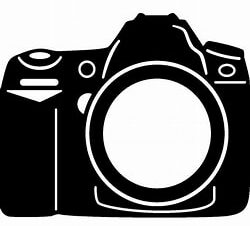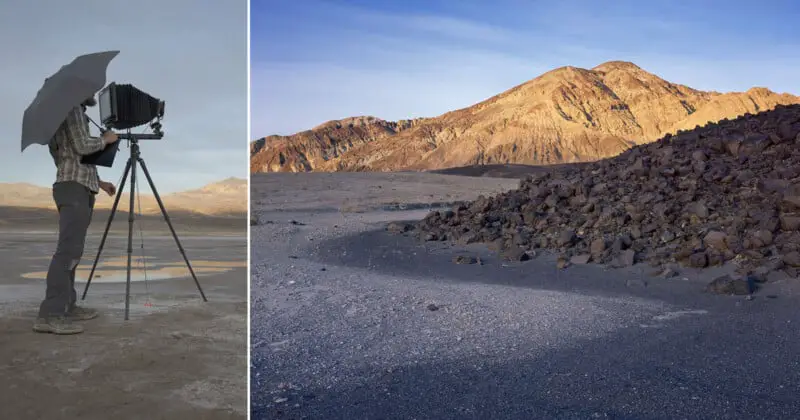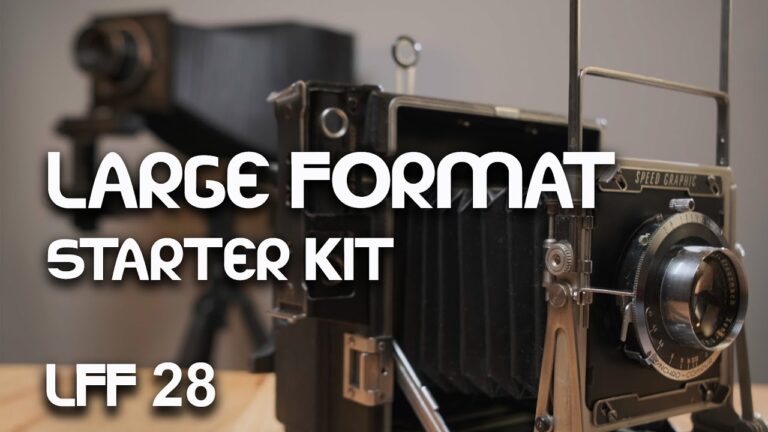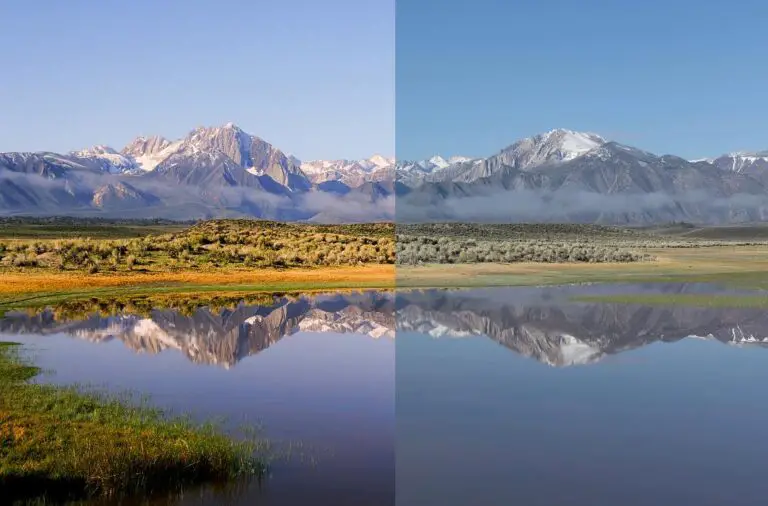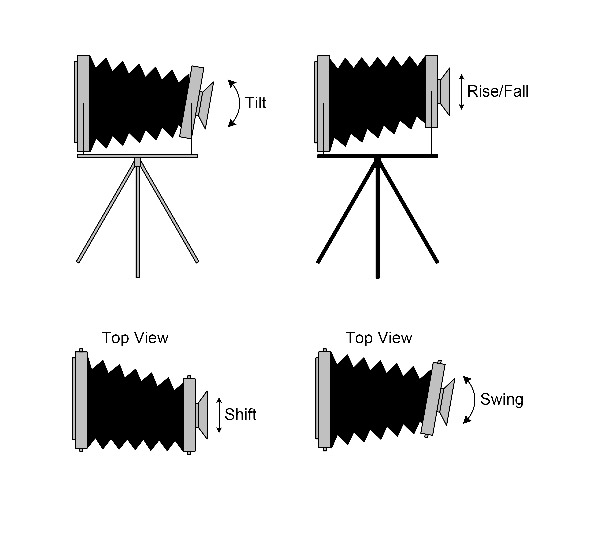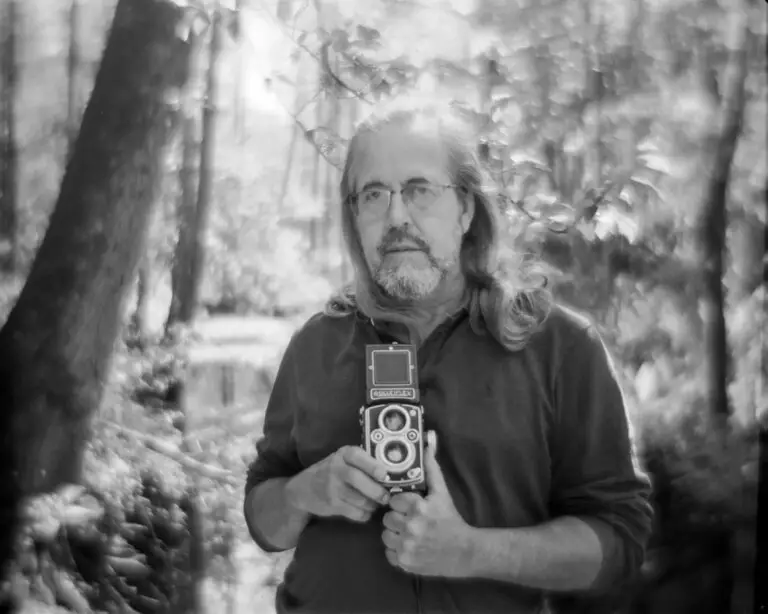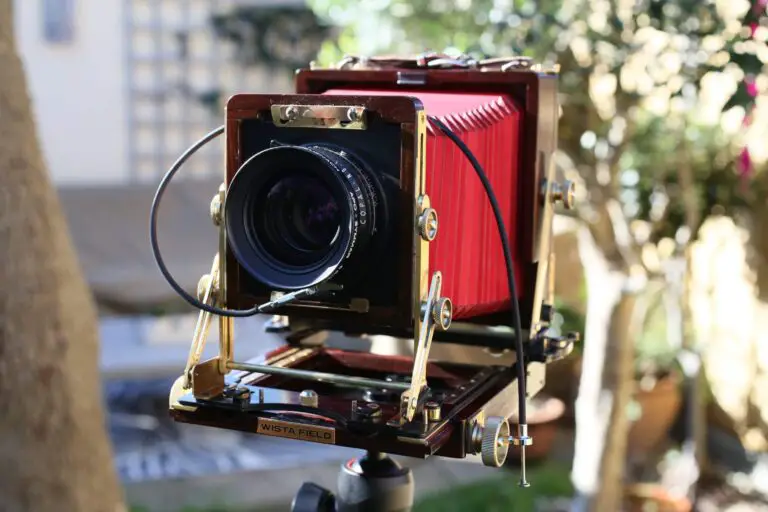An Introduction to Large Format Photography: Exploring the Beauty of Big Film
In a world where digital dominates, there’s a timeless allure to the large format photography that harks back to the golden era of film. It’s more than just the romance of vintage processes—large format encompasses an art form as vast as the landscapes it often captures. If you’re a photography enthusiast or a film lover, and you haven’t yet explored the beauty of large format photography, you’re in for a treat. This comprehensive guide will take you through every aspect of large format photography, touching on its history, equipment, techniques, and the indelible imprint it leaves on the art of photography.
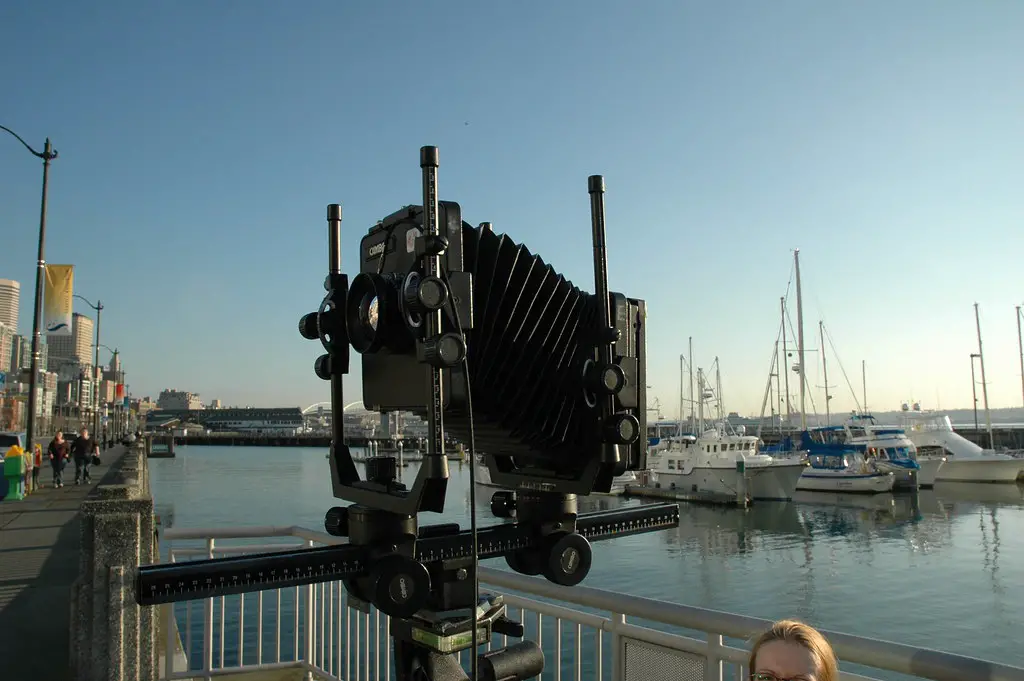
Definition and Significance
Large format photography is a method that uses film sizes larger than 4×5 inches. The format is renowned for its exceptional image quality, due to the size and detail of the negatives it produces. Photographers who specialize in large format work often describe it as an immersive and meditative process, one that forces a slow, deliberate style that’s the antithesis of modern digital photography.
Historically, large format cameras were the pioneer instruments that brought the first photographs to life. The likes of Ansel Adams, Edward Weston, and Alfred Stieglitz were pivotal in establishing large format as a legitimate art form. Their work not only documented but also celebrated the world around them, setting a standard for beauty and integrity that has rarely been surpassed.
Benefits of Large Format Photography
Image Quality and Detail
Perhaps the most compelling case for large format photography is the stunning detail and impeccably rich tones that the format produces. Every image tells a story of its own, with nuances that are often lost to the smaller sensors and resolutions of contemporary cameras. Large format is for those who seek to capture the world in its full splendor and for those who demand nothing less than perfection from their art.
Artistic Expression and Creativity
The sheer size of large format film is liberating. It provides photographers with the canvas they need to express their visions in minute detail. The extended tonal range allows for dramatic, almost three-dimensional reproductions that create a connection between the viewer and the subject, a depth that is distinctly rare in other formats.
Equipment and Techniques
Cameras, Lenses, and Accessories
The backbone of large format photography is a large format camera, which come in various flavors—view cameras for ultimate control, field cameras for portability, and monorail cameras for versatility. The lenses are often the stuff of legends, offering incredible sharpness and coverage. Copal and Prontor shutters are common fixtures, and then there are the countless accessories like film holders, loupe and dark cloth, all of which play a crucial role in the craft.
Shooting Process and Challenges
The shooting process of large format is a discipline in itself. Each exposure requires careful attention to focus, depth of field, and composition. The challenge is not just technical, but temporal. A single shot can take minutes, which asks for patience and precision. The delicate process of loading and capturing on film demands a certain dedication that often becomes a photographic meditation.
Exploring Large Format Photography
Landscape Photography
Nothing quite captures the vastness and grandeur of landscapes like the large format camera. It allows for a meticulous study of every element of a scene, from the furthest peaks to the smallest pebble. The painterly quality that the format imparts to the image is perfect for the expanse of nature, where contrasts and textures are part of the narrative.
Portrait Photography
In portraiture, large format photography renders a face with such detail that it becomes a memoir of the subject. The soft, immersive focus for which large format cameras are known provides an intimacy that is difficult to replicate. It captures not just the visage but the essence of the sitter, often with a quiet dignity that befits the slow, respectful approach of large format.
Still Life Photography
The meticulous approach of large format photography makes it an ideal medium for still life. Every object becomes a study in itself; every curve and shadow a dance with the light. The result is images that are more than mere records of objects—they are narratives, frozen in time.
Tips for Beginners
Getting Started with Large Format Photography
Beginners in large format are advised to start with a field camera, due to its ease of use and portability. Understanding the movements such as tilt, swing, and shift, is key to mastering the large format camera and getting the images as sharp as they can be. Patience, a key element of the craft, is perhaps the most important tool of the large format photographer.
Common Mistakes to Avoid
Some common mistakes include miscalculating exposures, misjudging focus, and loading the film incorrectly. The best way to avoid these is through practice and by slowing down the process to a manageable tempo. Every mistake is a learning opportunity in large format, one that adds character and authenticity to your work.
Inspiration and Resources
Showcase of Renowned Large Format Photographers
It’s impossible to talk about large format photography without mentioning some of the masters. The work of Ansel Adams captures the spirit of the American wilderness with unparalleled clarity, while Edward Weston’s studies of form and texture are recognized as true works of art.
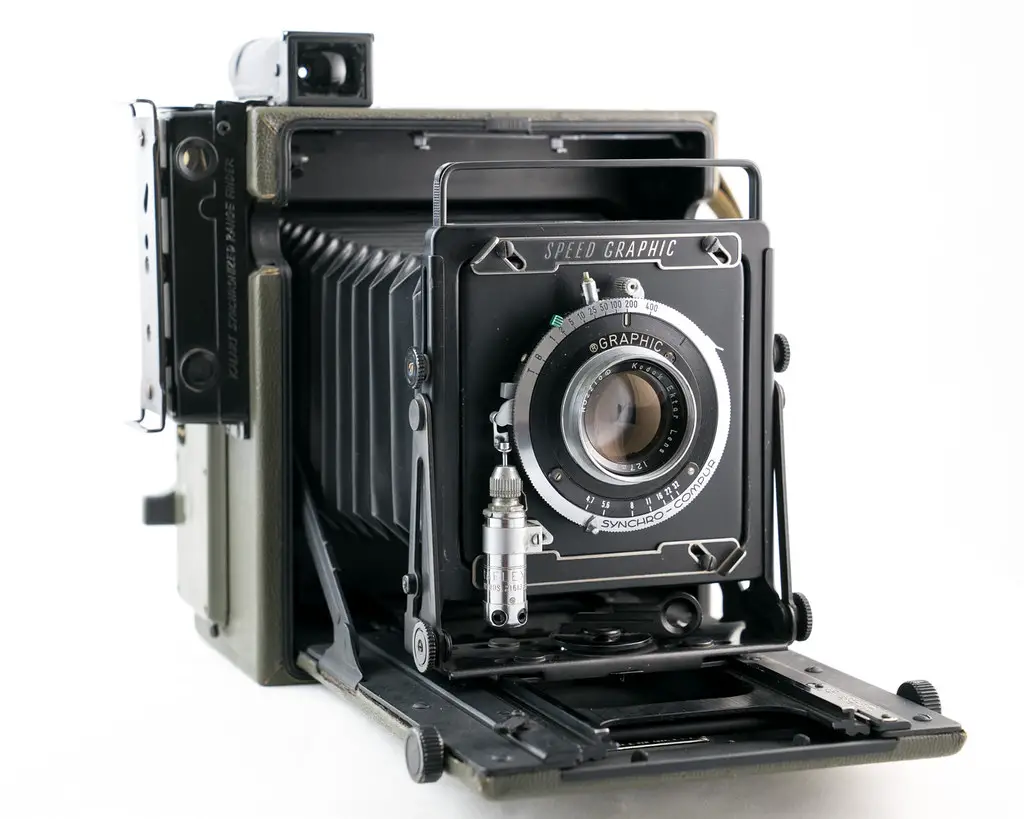
Recommended Books, Websites, and Communities
There’s a wealth of information out there for those who are looking to enrich their knowledge of large format. Books such as “The Camera” by Ansel Adams and “Seeing with a Large Format Camera” by Steve Simmons are considered essential reading. Online resources like Large Format Photography Info and forums such as Large Format Photography Forum are fantastic communities to learn from and share your experiences.
Conclusion
Large format photography is not just about capturing images; it’s about a state of mind, a way of seeing. It’s about the process as much as the product. In a world that often values speed and convenience, large format offers an oasis of meticulous craft and timeless beauty. Whether you’re drawn to the art, the science, or the bygone era of analog photography, there’s something truly special about large format that’s worth exploring. It’s a commitment, but one that rewards with photographs that resonate with the heart and soul of the viewer. If you haven’t yet, it’s time to gaze through the ground glass and discover the magic of the big film.
